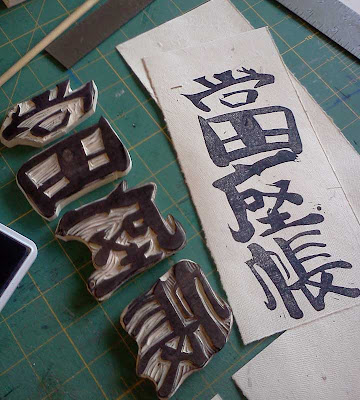Characters on
Characters: I listened to Walter Mosley, Edwidge Danticat, and Dennis
Lehane discuss their characters with Harold Augenbraum of the National Book
Foundation. Highlights: Lehane said the best opening line is one such as “Joe
realized he was out of milk,” because your readers will keep following Joe
until he gets that milk. Mosley said he never does research, because a fiction
writer is “in the business of telling lies,” and Danticat said that she has to
leave a place before she can write about it, otherwise the reality gets in the
way of the place she’s creating. All of them objected to the idea of their
characters as “dark,” saying that exploring what people do in difficult
situations, and the complexity of human nature, is what they are really
interested in.







 Concerns for the well-being of our planet can promote avenues for an
alternative resource to printing. Vegetable-sourced colours do represent
a realistic alternative -- using berries, leaves, flowers, fruits,
roots, bark and insects. A mordant (we used alum) can help the dye
colour become permanent.
Concerns for the well-being of our planet can promote avenues for an
alternative resource to printing. Vegetable-sourced colours do represent
a realistic alternative -- using berries, leaves, flowers, fruits,
roots, bark and insects. A mordant (we used alum) can help the dye
colour become permanent.
